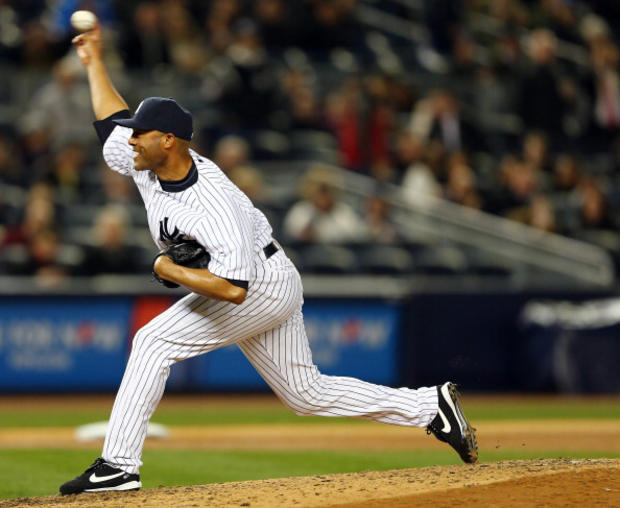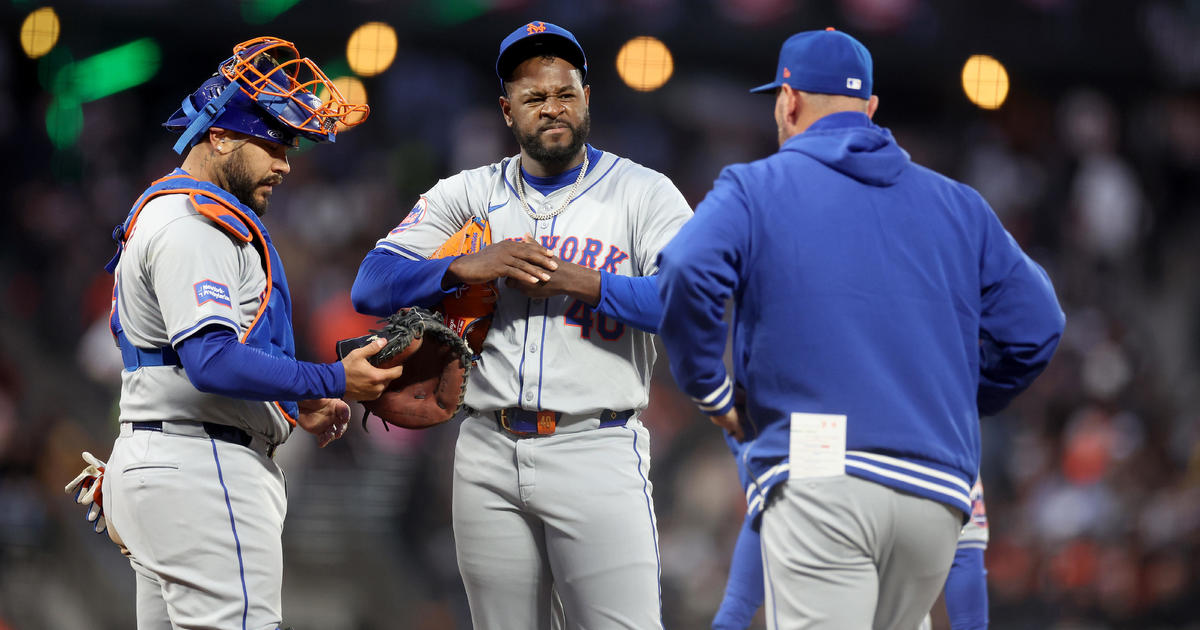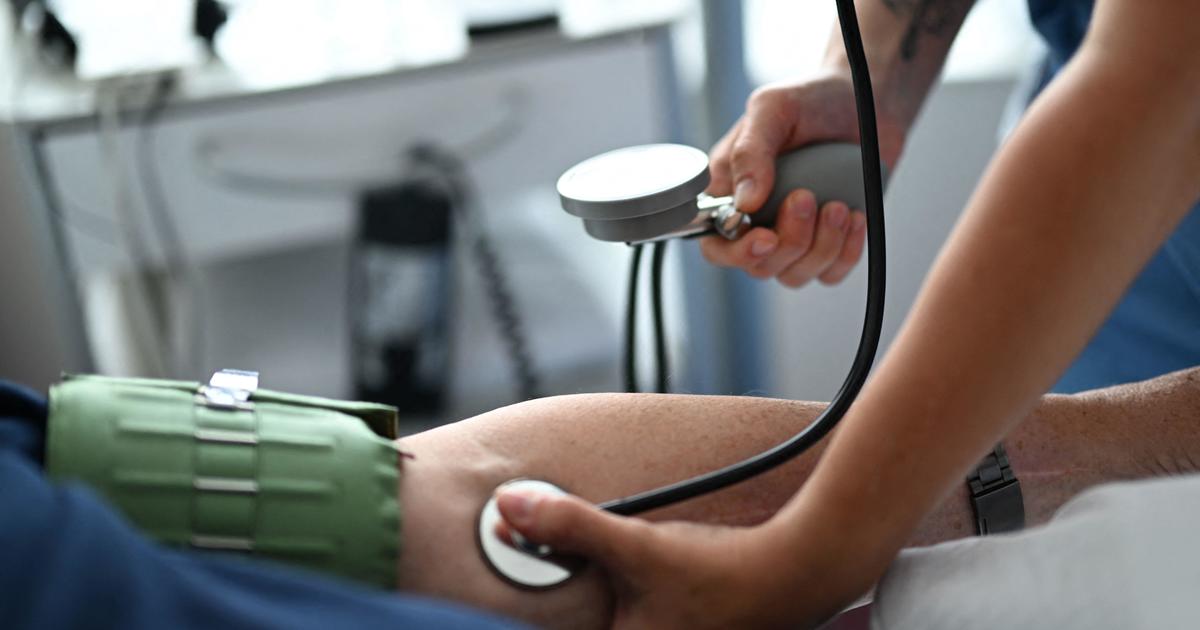Sims: Breaking Down Joel Hanrahan's Torn Flexor Tendon
By Abby Sims
» More Columns
Thirty-one-year-old closer Joel Hanrahan has had a rough start to his tenure with the Red Sox after being acquired from the Pirates in the offseason.
Now we know why – a torn flexor tendon in his right elbow. According to Julian Benbow of the Boston Globe, the pitcher is slated for surgery to repair the tendon. Hanrahan also reportedly acknowledged that, though his MRI did not show evidence of an ulnar collateral ligament (UCL) tear, there is always the possibility that once Dr. James Andrews is in the joint, it will be determined that the UCL is involved. If so, he will also requires a Tommy John procedure. MRIs are not perfect, and if the ligament is involved, it won't be much of a surprise.
Let's look at why…
The Common Flexor Tendon
Tendons are the extensions of muscles that connect them to bone, while ligaments connect bone to bone in order to provide stability at our many joints.
There are a total of nine muscles located in the palm side of the forearm. Some play a role in flexing the wrist or fingers, while others rotate (pronate or supinate) the forearm. Some of these also assist with bending the elbow. These muscles are divided into three layers. The five in the most superficial and middle layers all attach at the medial (inner) elbow in what is known as a common flexor tendon.
Two of these muscles – Flexor Carpi Ulnaris (FCU) and Flexor Digitorum Superficialis (FDS) – overlap the ulnar collateral ligament of the elbow (UCL). This is the ligament of the inner elbow that often tears in throwing athletes, requiring Tommy John surgery. The FCU is especially positioned over the ligament when the elbow is flexed at a right angle. Due to their location and function, these muscles are considered to assist with the dynamic stabilization of the inner elbow.
Ulnar collateral ligament injuries occur in throwing athletes because of the extreme and repetitive loading on the inner elbow during the pitching motion. This stress (referred to as a valgus stress) is greatest just after the cocking phase. Take a look at this picture, and you will see why.
The acceleration phase of pitching also results in a good deal of valgus stress at the elbow.
Muscular activity of the FCU and FDS is also heightened during this phase, continuing to put these flexors at risk.
When a tendon is torn, the ability of the attached muscle to exert the necessary forces is obviously impaired. Of course pain is also likely. A corollary, is that with an ulnar collateral ligament injury, the activity of the FCU and FDS, as well as that of another of the flexors (Flexor Carpi Radialis – FCR) drops significantly. This results in weakness to go along with instability, causing even greater impairment of function.
Follow Abby on Twitter @abcsims.
You May Also Be Interested In These Stories





